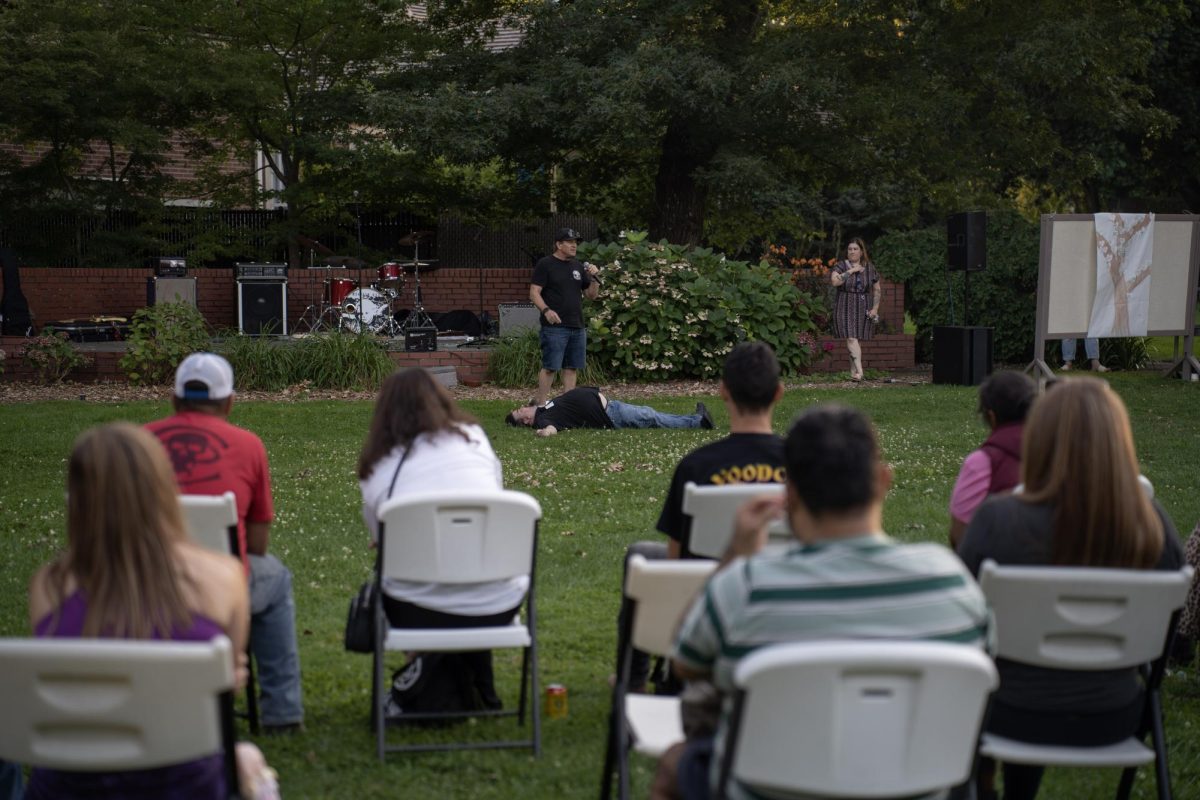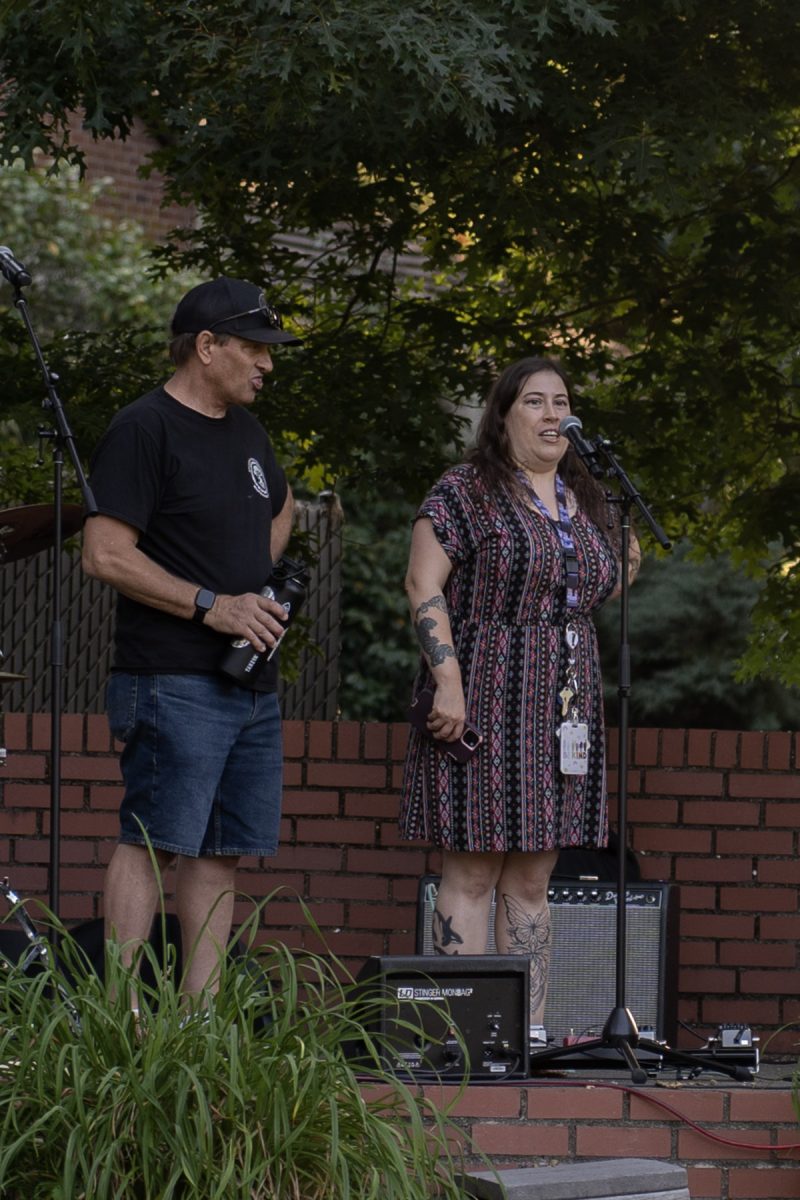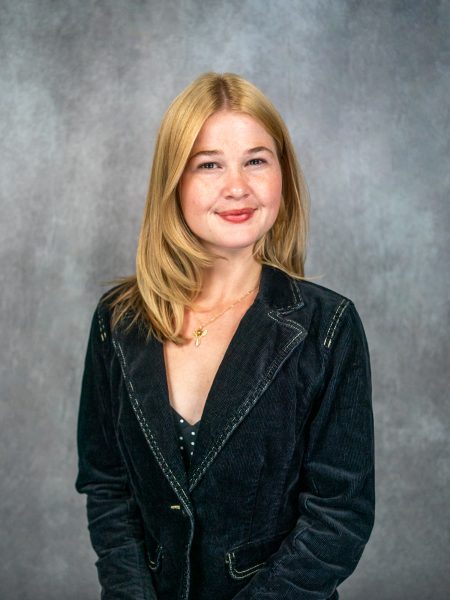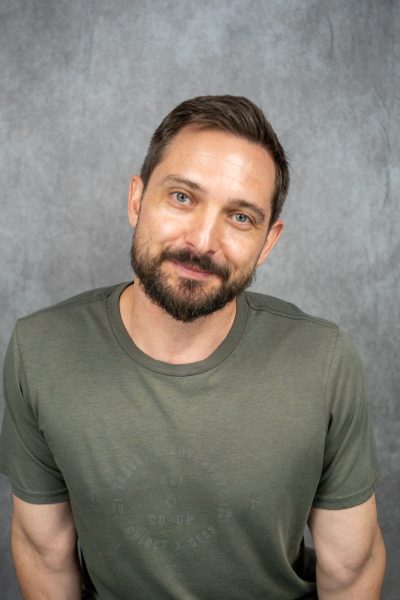Santa Rosa Junior College students, staff and community members united in recognition of the opioid crisis in Sonoma County and to honor the victims of fentanyl overdose at the Save the Youth event Aug. 26 at the SRJC campus.
Dozens of attendees gathered on the lawn outside the Burbank Auditorium to listen to guest speakers’ stories about loved ones lost to fentanyl overdose and learn about harm reduction from local organizations aimed at drug awareness.
Tova Esbit, Student Health Services outreach specialist, and Dan Lionett, Students For Recovery president, organized the event with help from Rebecaa Norwick, director of Student Health Services, and Corrina Wells, director of Student Life, after they learned that SRJC EMS student Kyle Emerson died from a fentanyl overdose on May 23.
“This is the beginning, and from the event we hope to inspire and help everyone be advocates for fentanyl awareness and be more comfortable talking about it to reduce the stigma,” Esbit said.
Kyle Emerson’s mother, Tracy Emerson, spoke as a “broken, shattered mom” when she told attendees about Kyle’s struggle with addiction and the progress he made toward recovery before his final relapse.
“He wanted to be a paramedic firefighter in San Francisco so that he could go back into the trenches to help others, but he didn’t make it,” she said. “He had so much good to give to this life still, and we were cheated on that goodness.”
She said her son’s story is an indicator that the fentanyl crisis is no longer an abstract danger isolated within inner cities.
“It has reached our homes, our schools, our communities, our children and our next generation. It is killing our youth,” Tracy said. “I know that we’re all saying, ‘Well, what can I do? I’m just one small person,’ but we can have those difficult conversations at home, in our schools, at the doctor’s office, at church or the basketball court, and make sure that everyone knows that one innocent-looking pill could kill you.”
It’s a nationwide issue. She said the amount of fentanyl that authorities are seizing at US borders annually is enough to kill billions of Americans.
According to U.S. Customs and Border Protection, the CBP seized nearly 22,000 pounds of fentanyl in the 2024 fiscal year. If 2 mg is a lethal dose then that’s enough to kill almost 5 billion people.
Micah Sawyer Sr. co-founded Micah’s Hugs, a non-profit organization that provides drug harm awareness and support, with his wife after they lost their 22-year-old son, Micah Sawyer Jr. to fentanyl overdose in 2019.
Micah Sr. said his son didn’t fit the stereotype of someone who used opiates. At 14, he was the youngest football player at Analy High School to make varsity and was captain for two years on what Sawyer calls the “winningest” team in Analy’s history. He even made the Analy Athletics Hall of Fame. The whole time Micah Jr. fought with substance abuse, and his first year in varsity, was also when he tried heroin for the first time. At first his addiction seemed restricted to partying, but after high school it caught up with him. The opioid use became severe enough to take over his life and ability to hold a job.
“We had a kid that went from somebody who we thought was going to be sort of most likely to succeed to homeless living on the streets,” Micah Sr. said.
Micah Sr. was dedicated to helping his son, who went in and out of recovery numerous times. “My addiction became trying to save my addict, and it overwhelmed my life for years,” he said. Micah Jr. eventually became clean, which lasted for seven months before he relapsed and smoked black tar heroin that he didn’t know was laced with fentanyl. It killed him.
The grief over his son’s loss overwhelmed Micah Sr., who began having severe panic attacks that resulted in spending five days in a mental institution. He was eventually able to turn the force behind his grief toward healing, which led to the formation of Micah’s Hugs.
Through Micah’s hugs, about 28,000 doses of Narcan, a medication used to reverse opioid overdoses, have been distributed to the local community.
Sawyer is working with Analy High School to train the entire student body of about 1,500 students on the use of Narcan on Oct. 17. He said a Guinness World Record entry for the largest Narcan training ever is currently 360 people, so he has entered the Oct. 17 event for the record.
Lorie Violetti of Face to Face, a nonprofit organization offering community services, dispelled misinformation about opioid overdose to attendees.
She said that someone can’t overdose from smoking marijuana laced with fentanyl since marijuana doesn’t burn at temperatures high enough to evaporate fentanyl so that it can enter the body. A person can’t overdose from touching fentanyl either.
“Misinformation like this is perpetuating stigma, and it forces people not to ask for help when they want help,” she said.
She also instructed attendees on how to use fentanyl testing strips. She said the testing strips are sensitive, which means only a small amount of substances needs to be tested and that someone should use them away from any possible source of contamination.
Lionett then demonstrated how to use Narcan with his assistant, Kenny Hotchkiss, Students for Recovery treasurer.
Opiates depress brain activity. According to the National Institute of Health, an opiate overdose occurs when enough of the drug is taken to inhibit the part of the brain responsible for breathing. The person then suffocates. Naloxone, the active substance of Narcan, is an opiate antagonist, meaning it binds to the same receptors as fentanyl or heroin and blocks and reverses their effects.
“The important thing to know about this stuff is you can’t overdo it. It’s not going to hurt anyone, Lionette said. “So the only thing it’s going to do is wake Kenny up if he is in respiratory failure due to opioid overdose.”
He said that whoever administers Narcan should be prepared for the recipient to wake up upset because they will be in full opioid withdrawal immediately.
He reminded attendees that Narcan has a short half-life, and works for only 15 to 20 minutes. When it wears off, the person who just recovered may swing back into an overdose, so it’s important to stay with them with more Narcan handy and to always call 911. Even if illegal substances are present, calling 911 to help someone who is overdosing doesn’t put anyone in legal danger due to California’s Good Samaritan law.
Santa Rosa High School Civil Unity, a group of high school students who formed in 2024 after a series of student overdose deaths, spoke about their efforts to raise awareness of the fentanyl crisis in Sonoma County schools. They organized a 5K run event to raise awareness of this ongoing epidemic within the community.
“Just with 10 students, we were able to make a big impact and show that change is possible, even if you’re young and have limited resources,” Enjal Parajuli, club president, said.
Rebecca Norwick applauded Students for Recovery for initiating the event, but said these moments are bittersweet. “It’s exciting to see everyone together and talk about prevention, but what triggered it is sad.” She said she sees an upsurge in students interested in getting Narcan after these events increase awareness.
Carlos Delpalacio, vice president and peer coach for the Second Chance club, said addiction is often connected with incarceration. “I’ve seen a lot of people pass away from overdoses, and I’m just glad that we’re able to support students for recovery and try to prevent these tragic things from happening,” he said. “When we’re together, we offer a sense of hope for a community,” he said.
Students for Recovery is joining Micah’s Hugs, Walk For Lives and United Against Fentanyl for their next drug awareness event, Confronting the Fentanyl Crisis at 12:30 p.m. Sept. 20 at Franklin Square, 2500 17th St., San Francisco. Attendees will meet and go on a one-mile walk to Potrero del Sol Park, where there will be guest speakers and organizations with harm reduction information and resources. Check out WALKFORLIVES.ORG or email the Students for Recovery club at [email protected] for more information about attending or volunteering at the event.








Daniel K Lionett • Sep 9, 2025 at 10:38 pm
Thank you Ellie and Mike for another great article showcasing the efforts of Students For Recovery and the collaborating organizations in our community. This is excellent work, we are Truly Grateful!!
Dan Lionett, President of SRJC Students For Recovery